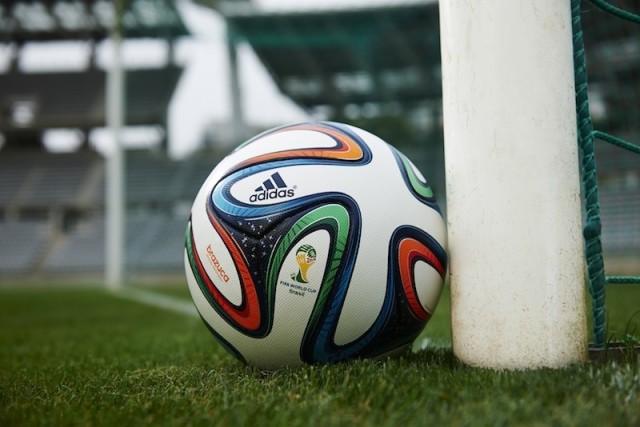Reinventing the Ball

The Brazuca, the 2014 World Cup match ball
Image: Adidas
"Der Ball ist rund." —Sepp Herberger
Thus goes the old German expression about the soccer ball, meaning literally "the ball is round." The phrase is often used to invoke the elegant simplicity of the sport: a universal game played with relatively few, uncomplicated rules.
But, as it turns out, the ball isn't just round.
In fact, the design, prototyping, testing, and airtight secrecy surrounding the ball rivals that of any major industrial engineering project. The Brazuca, the match ball for the 2014 World Cup in Brazil unveiled today, has been in continuous development since 2009.
The name “brazuca,” determined by a public vote in Brazil, is a colloquilism meaning something that is inherently “Brazilian.”
While jerseys, shoes, ads, and other sponsorships keep, but the game ball remains the most visible signal of Adidas' committment to the sport. Since the company created its first World Cup ball, the iconic 1970 Telstar—the 32-panel black-and-white design that is still an international symbol for the sport—the company has unveiled a new design every four years. Some are more more successful than others. The Jabulani ball, for instance, an 8-panel design for the 2010 World Cup in South Africa, was widely condemned by players for its wobbly flight path.
The Brazuca, made of six interlocking, propeller-shaped, thermally-bonded panels, fixes those problems according to Adidas. Indeed, the ball already appeared in international competition at the U20 World Cup earlier this year, disguised as a Jabulani.
View the full press release here.




